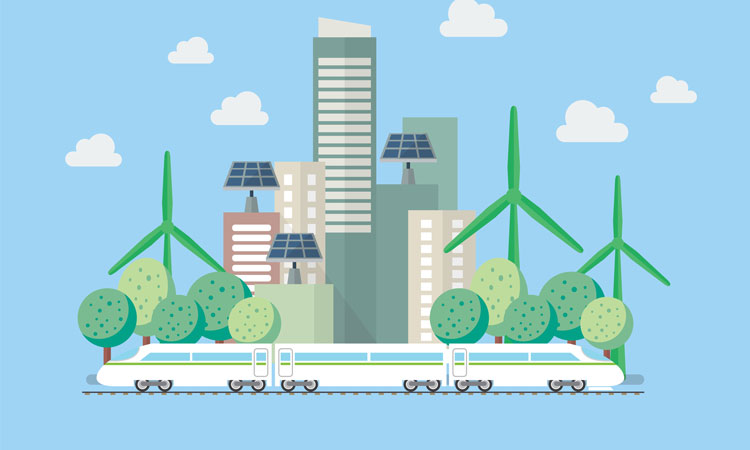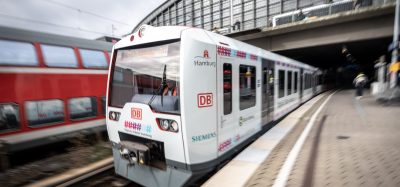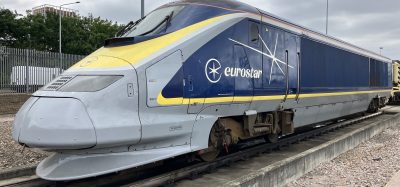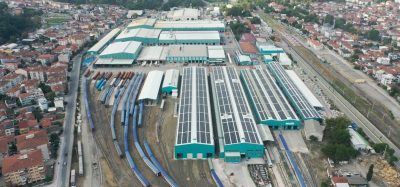Fleet decarbonisation driven more by customer demand than compliance, new 2025 energy report reveals
Posted: 22 May 2025 | Gabriel Higgins | No comments yet
Teletrac Navman’s new report shows fleets prioritise sustainability goals and customer expectations over government regulations when transitioning to alternative energy sources.


Teletrac Navman, a leading connected mobility platform and Vontier company, has published its Mobilising the Future of Fleets Report: 2025 Energy Edition, revealing that 63% of fleets see customer demand as a key factor in transitioning to alternative energies.
Details on fleet decarbonisation
The report highlights that 58% of businesses cite brand reputation and sustainability targets as the main motivators behind their energy transition. By contrast, only 29% said regulatory pressure or government mandates were guiding their decisions.
“Fleets are focusing on their own net-zero goals as a part of their corporate reputation and long-term commercial strategies, rather than just seeing it as a compliance checkbox,” said Alain Samaha, CEO of Teletrac Navman. “Customers recognise the importance of sustainable operations, and according to our research, are making active decisions around the businesses they support based on their sustainability credentials.”
Join our free webinar: Rail cyber-security in a time of technological and regulatory transformation
Join our expert panel, including speakers from Nokia and Siemens Mobility, to explore the critical convergence of cybersecurity and 5G rail comms.
Date: 3 Dec | Time: 15:00 GMT
Can’t attend live? No worries – register to receive the recording post-event.
Rather than immediately investing in new vehicles, 84% of fleets are concentrating on operational efficiencies, with 49% focused on vehicle maintenance, 36% on utilisation, and 28% on driver training. However, 61% are also making capital investments, including upgrading to more fuel-efficient vehicles (48%) or switching to those powered by alternative fuels (31%).
Larger fleets are further ahead in their transition efforts: 62% of those operating 50 or more vehicles are actively working on sustainability performance. Yet, approaches vary. While 46% assess vehicle suitability, 8% using external consultants, and 42% follow an end-of-life replacement strategy. A further 30% have conducted Total Cost of Ownership (TCO) analyses to guide decisions.
Mixed-energy fleets are becoming more common, with 61% of respondents using multiple energy types. Plug-in hybrid electric vehicles (PHEVs) were most used (39%), followed by battery electric vehicles (BEVs) at 37%, and natural gas vehicles at 23%.
Currently, 8% of fleets have already transitioned at least half of their vehicles. Nearly half (48%) expect to reach that milestone within two years, rising to 85% within five years.
“The push for fleet sustainability is at a pivotal moment,” added Samaha. “Access to accurate data and actionable insights will be critical factors in making informed decisions that align with both business needs and sustainability goals.”
To view the full report, click here.
OUT NOW: The Definitive Guide to Rail’s Digital Future
The rail industry is undergoing a digital revolution, and you need to be ready. We have released our latest market report, “Track Insight: Digitalisation.”
This is not just another report; it’s your comprehensive guide to understanding and leveraging the profound technological shifts reshaping our industry. We move beyond the buzzwords to show you the tangible realities of AI, IoT, and advanced data analytics in rail.
Discover how to:
- Optimise operations and maintenance with real-time insights.
- Enhance passenger services through seamless, high-speed connectivity.
- Leverage technologies like LEO satellites to improve safety and efficiency.
Featuring expert analysis from leaders at Nomad Digital, Lucchini RS, Bentley Systems and more, this is a must-read for any rail professional.
Related topics
Digitalisation, Freight, Funding & Finance, Operational Performance, Regulation & Legislation, Rolling Stock Orders/Developments, Safety, Sustainability/Decarbonisation, Technology & Software, The Workforce








